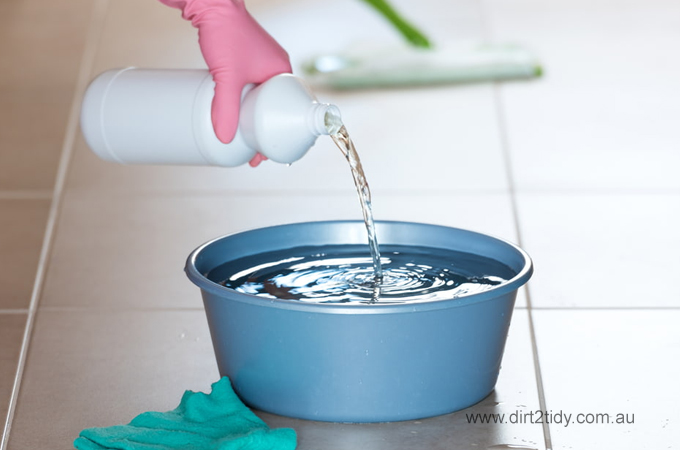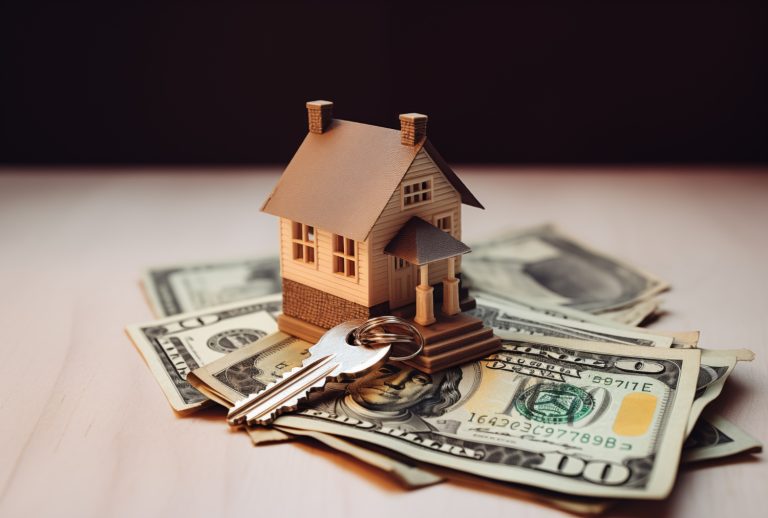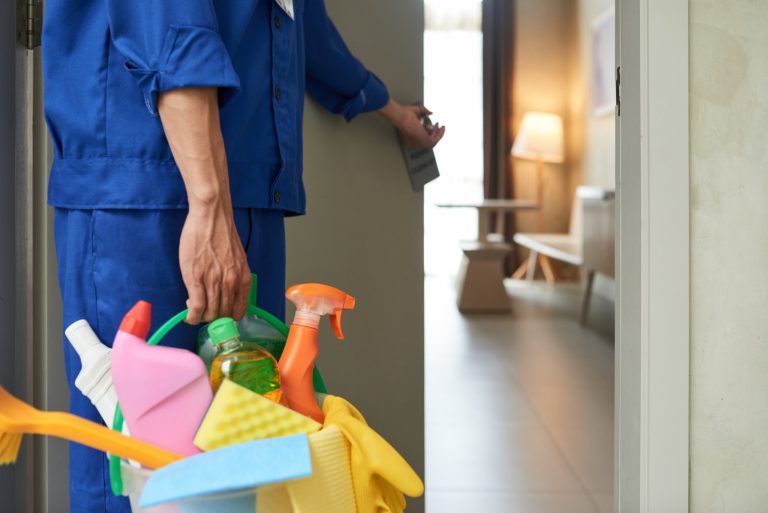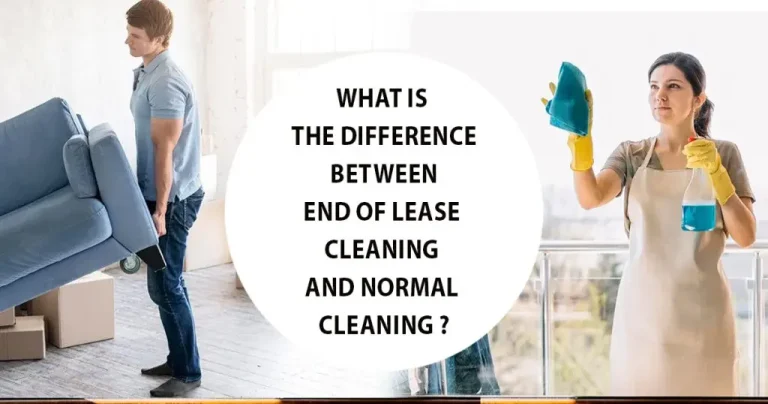Are you tired of scrubbing surfaces with bleach only to find that they’re not as clean as you’d like? Using bleach can be intimidating, but it doesn’t have to be. In fact, if done correctly, using bleach can make cleaning your apartment a breeze! In this blog post, we’ll share some tips and tricks on how to use bleach effectively so that your home is left sparkling clean and germ-free. So sit back and relax – we’ve got you covered!

What does bleach do, and how does it work as a disinfectant?
It’s a common misconception that bleach is your go-to for cleaning away dirt and grime, but here’s the scoop: bleach is actually a disinfectant, not a cleaner. In other words, its superpower is killing or neutralizing germs, bacteria, and fungi on hard, non-porous surfaces—rather than scrubbing away messes. That means if there’s any visible dirt or debris, bleach won’t be as effective, since it can’t reach and destroy those pesky microorganisms hiding beneath.
To get the full germ-busting benefit, it’s best to clean the area first with an all-purpose cleaner or a bit of detergent and hot water. Once the surface is free from dirt, applying a properly diluted bleach solution will help sanitize by wiping out unwanted bacteria and fungus. This step not only leaves your surfaces much safer but can also help banish lingering odors caused by germs.
The best way to cleaning your apartment with bleach
When using bleach to cleaning your apartment, there are a few things to keep in mind for the most effective results. First, always use fresh bleach – it will be more potent and therefore more effective. Second, always follow the instructions on the label of the bleach you’re using. And third, be sure to wear gloves and protective clothing when handling bleach, as it can be harmful to your skin and eyes.
You may also like to read – “Your Practical Guide to Finding a Low-Maintenance Apartment“
When cleaning with bleach, always start with the least dirty surfaces and work your way to the dirtiest ones. This will help prevent cross-contamination and ensure that all surfaces are properly cleaned. For best results, use a clean sponge or cloth for each surface you’re cleaning. And be sure to rinse all surfaces thoroughly with water after cleaning them with bleach.

How to make a bleach solution
Making a bleach solution is simple and only requires a few household ingredients. The most important thing to remember when making a bleach solution is to use the proper ratio of bleach to water. Too much bleach can damage surfaces and clothing, and too little bleach will not be effective in killing bacteria.
To make a bleach solution, simply mix:
-1 part bleach
-10 parts water
For example, if you are using a cup to measure, you would mix 1/4 cup (or 60 ml) of bleach with 2 1/2 cups (or 600 ml) of water. Once the solution is mixed, it can be used immediately or stored in a clean, sealed container for future use.
You may also like to read – “Why Cleaning an Apartment is Necessary While Moving Out?“
What surfaces can I use bleach on?
When it comes to surfaces, you can use bleach on just about any non-porous material. This includes glass, metals, plastics, and ceramic tiles. Just make sure to avoid using bleach on anything that is porous, as it could seep into the material and cause damage. Porous materials include wood, drywall, and natural stone.
Let’s break that down a little further:
- Wooden Surfaces: Untreated wood is especially porous, making it difficult for bleach to sanitize effectively. Using bleach on wooden countertops, chopping boards, tables, or even wood-paneled walls isn’t recommended—bleach can get absorbed, causing warping, discoloration, or lingering chemicals you don’t want near your food.
- Most Metals: While metals might seem tough, some are vulnerable to bleach’s oxidizing properties. Stainless steel, for example, can corrode or rust with repeated bleach exposure. It’s best to keep bleach away from your favorite pots and pans.
- Stone Surfaces: Natural stone, like granite, may look solid but is often porous enough for bleach to seep in. Bleach should only be used on stone for tackling particularly stubborn stains—not for regular cleaning, as it can dull or damage the finish over time.
When in doubt, stick to non-porous surfaces and always spot-test if you’re unsure. Your countertops—and your cookware—will thank you.

How can bleach be used as a stain remover for laundry fabrics?
Bleach isn’t just for cleaning kitchens and bathrooms—it’s also an effective tool for tackling stubborn stains on white fabrics like sheets, duvets, and towels. Its power comes from its ability to break down and remove the pigments that cause stains, helping restore fabrics to their bright, original color.
If you plan to use bleach on laundry, here are a few tips to keep in mind:
- Check the care label: Always ensure the fabric is bleach-safe before starting. Some materials can be damaged by bleach.
- Dilute properly: Mix bleach with water according to the instructions on the bottle or follow the standard ratio (usually 1 part bleach to 10 parts water).
- Spot test: Try the solution on a hidden area first to ensure it won’t discolor or weaken the fabric.
- Rinse thoroughly: After treating the stain, wash the item as usual to remove any bleach residue.
Handled correctly, bleach can be a powerful ally in your laundry routine, helping bring back the freshness and brightness of your whites.
How to store bleach
If you’re looking to use bleach more effectively when cleaning your apartment, one of the most important things to do is to store it properly. Here are some tips for how to store bleach:
-Make sure that the bleach is stored in a cool, dry place.
-If possible, store the bleach in a dark place. Light can cause bleach to break down and become less effective.
-Be sure to keep the bleach tightly sealed when not in use.
You may also like to read -“How do you clean a carpet with bleach?“
Bleach safety tips
When using bleach to cleaning your apartment, it is important to take some safety precautions. Here are some tips:
– Always wear gloves when handling bleach.
– Make sure the room you are working in is well ventilated.

– Never mix bleach with other cleaners or chemicals.
– When diluting bleach, always add water to the bleach, never the reverse.
– Use only approved containers for storing and using bleach.
following these safety tips will help you use bleach more effectively and safely when cleaning your apartment.
You may also like to read – “Should you clean your toilet with bleach?“
Conclusion
We hope this article has been helpful to you and given you the tools necessary to use bleach more effectively when cleaning your apartment. Remember that safety always comes first, so take precautions when using bleach by wearing protective clothing and reading product labels carefully. Additionally, make sure to follow all instructions for dilution and use a test spot before spraying any surfaces with bleach solution. With these tips in mind, using bleach for cleaning can be an effective way of restoring your home back to its former glory in no time at all!





